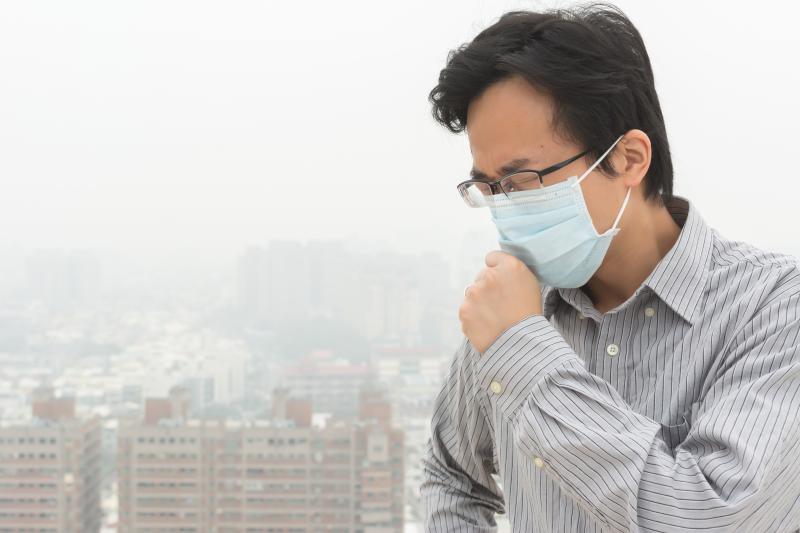
Exposure to fine particulate matter (PM2.5), even for a short duration, may accelerate heart rate and increase blood pressure, according to a recent Singapore study.
“To the best of our knowledge, this is the first study to explore the application and effectiveness of low-cost personal sensors in a highly dense city with a tropical climate, with an emphasis on public health implications,” said the researchers, noting that because these sensors are portable, they should help facilitate larger-scale studies, to better understand the relationship between air quality and health.
Forty-nine adult participants (mean age 28.6 years) were given low-cost PM2.5 sensing devices for the measurement of their personal exposure levels. A total of 525 sampling sessions were obtained, which gave rise to 18 distinct microenvironments, including homes, hawker centres, indoor public spaces, outdoor environments, and offices/tertiary teaching spaces. Almost all (94 percent) of the participants were never smokers. [Sci Total Environ 2020;716:137027]
The researchers found significant variation in PM2.5 exposure levels across the different microenvironments (p<0.05).
For instance, air-conditioned premises had lower PM2.5 exposure than their open-air counterparts. Air-conditioned offices and teaching spaces had the lowest levels at a mean of 13.1±5.61 µg/m3. In contrast, hawker centres had the worst air quality of all the microenvironments, with average PM2.5 levels exceeding twice that of air-conditioned offices (32.0±11 µg/m3).
Of all the modes of transportation included in the analysis, Mass Rapid Transit trains yielded the highest PM2.5 levels (25.0±7.85 µg/m3).
Pairwise comparisons of different microenvironments revealed significant differences in PM2.5 levels. Exposure in hawker centres, for example, was significantly higher than that in buses, cars, schools and offices, air-conditioned homes, and streets. In general, air quality among the different types of eateries was comparable.
Of note, air-conditioned schools and offices had significantly lower PM2.5 levels than most of the other microenvironments.
The research team also assessed the impact of air quality on cardiovascular parameters. Using generalized estimating equations models, they found that every 1-µg/m–3-increase in PM2.5 exposure correlated significantly with a 0.16-mm Hg (95 percent confidence interval [CI], 0.029–0.28) jump in diastolic blood pressure and with a 0.40-bpm (95 percent CI, 0.29–0.50) spike in heart rate. No such effect was found for systolic blood pressure.
“In our pilot study, PM2.5 concentrations were significantly different across microenvironments in Singapore,” said researchers. “We identified certain microenvironment hotspots, such as hawker centres, that can increase personal PM2.5 exposures.” These findings highlight the need for stronger mitigation approaches.
“Open-air eateries where the cooking area is close to the dining area may require sufficient ventilation to reduce PM2.5 concentration in the premises,” they said, adding that those who are occupationally exposed to PM2.5 may instead opt to use protective equipment and certified masks to curb their exposure.
Importantly, “[m]icroenvironments frequented by young children and the elderly should have air quality monitored to ensure that mitigation efforts are effective,” researchers said.